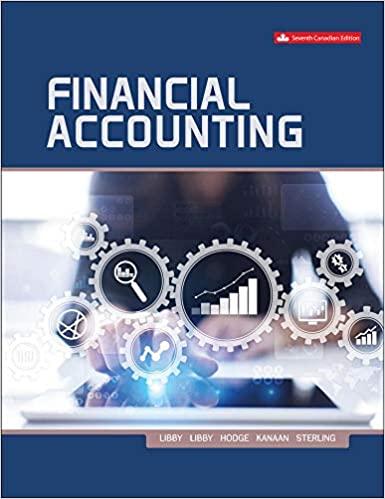Question
Table MA.1 Current product data Volume (000 bottles) Selling price per bottle Direct costs per bottle Distribution cost per bottle Bottles per machine hour Bottles
Table MA.1 Current product data Volume (000 bottles) Selling price per bottle Direct costs per bottle Distribution cost per bottle Bottles per machine hour Bottles per labour hour Shampoo 2,000 1.50 0.6 0.20 2,600 14,000 Conditioner 1,500 1.75 0.5 0.20 3,100 6,700 Liquid soap 500 1.25 0.4 0.30 2,010 1,500
Note: Assume direct costs and distribution are 100% variable. The majority of direct costs are materials with a small proportion of direct labour. Table MA.2 Factory indirect costs k Supervisor salaries 94.3 Insurance 194.6 Depreciation: equipment 120.6 Power 274.9 Factory administration 142.3 Total manufacturing cost 826.7 Notes: Indirect costs are currently allocated on a direct labour hour basis. Non-manufacturing costs include sales and marketing of 675,000, allocated on sales volume, and a head office charge of 10% of sales revenue. Table MA.3 Current product profitability (allocations on labour hour basis) Sales revenue k Direct costs k Indirect (overhead) k Gross margin k Distribution k Sales & marketing k Head office k Operating profit k Shampoo 3,000 1,200 169 1,631 400 338 300 593 Conditioner 2,625 750 264 1,611 300 253 263 795 Liquid soap 625 200 394 31 150 84 63 (266) Total 6,250 2,150 827 3,273 850 675 626 1,122 Required: a) Calculate an overhead rate based on the machine hours in Table MA.1, and use this to recalculate the current product profitability. Why would this be a more appropriate method of allocating overheads than shown in Table MA.3?
b) How would your revised product profitability affect your advice to the board about discontinuing the sales of liquid soap?
c) Assess the proposal of the sales director, by quantifying the impact of reducing prices by 10% and increasing volume by 15%. Would running an advertising campaign costing 250,000 to increase volume by the same amount but leaving the selling price unchanged be more cost effective?
d) Using the costing information in Table MA.1, assess the impact of agreeing to a contract to manufacture a supermarkets own-label shampoo. The operations director confirms that the contract would be for 500,000 bottles and be sold at a 20% discount on current selling prices. Direct costs would be the same, but there would be a bulk delivery charge of 85,000. What other factors should be taken into account?
e) The marketing director has given the management accountant some estimates on which to base her calculations for the launch of a shower gel (see Tables MA.4 and MA.5). She forecasts that they could sell 350,000 bottles in the first year, with growth of 10% per annum thereafter. She would expect to adopt a penetrating price strategy initially, with prices at 2 per bottle, but hopes to increase prices by 2% every year after that. She proposes to support the new shower gel with promotions costing 45,000 per year. Distribution costs are expected to be in line with existing products. By calculating the net present value over the next five years using a discount rate of 5%, advise the board whether they should invest 250,000 in equipment for this project. You should also outline the limitations and non-financial considerations that also need to be taken into account. Table MA.4 Shower gel: raw material costs Per bottle Quantity Cost Detergent 200 ml per bottle 1.50 per litre Perfume 50 ml per bottle 20.00 per litre Bottle 1 per bottle 0.03 per bottle Cap 1 per bottle 0.01 per bottle Table MA.5 Shower gel: assumptions Per 1,000 bottles Quantity Cost Direct labour 10 hours 10 per hour Outer packaging 10 boxes 15 per box
Step by Step Solution
There are 3 Steps involved in it
Step: 1

Get Instant Access to Expert-Tailored Solutions
See step-by-step solutions with expert insights and AI powered tools for academic success
Step: 2

Step: 3

Ace Your Homework with AI
Get the answers you need in no time with our AI-driven, step-by-step assistance
Get Started


